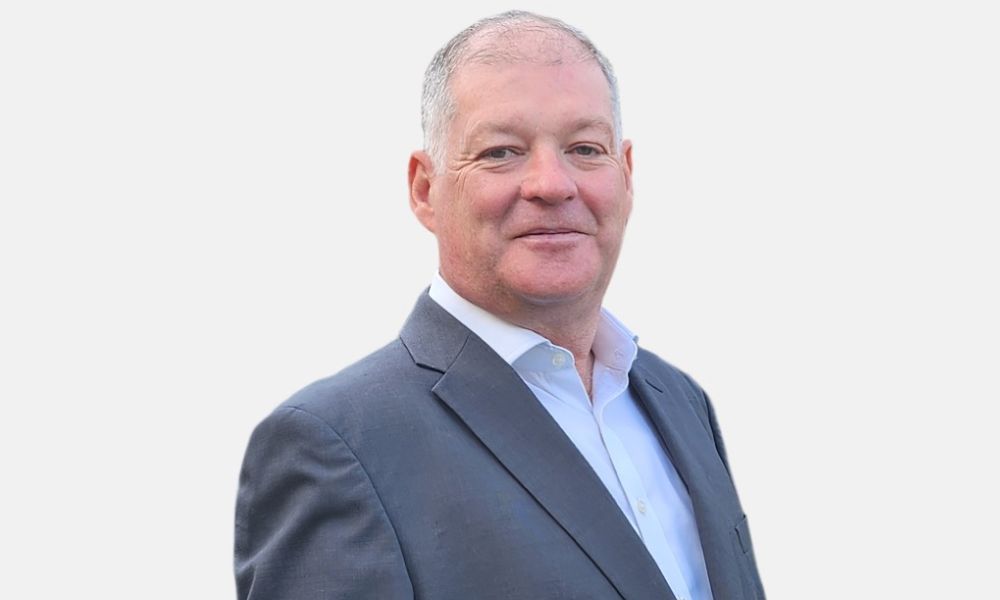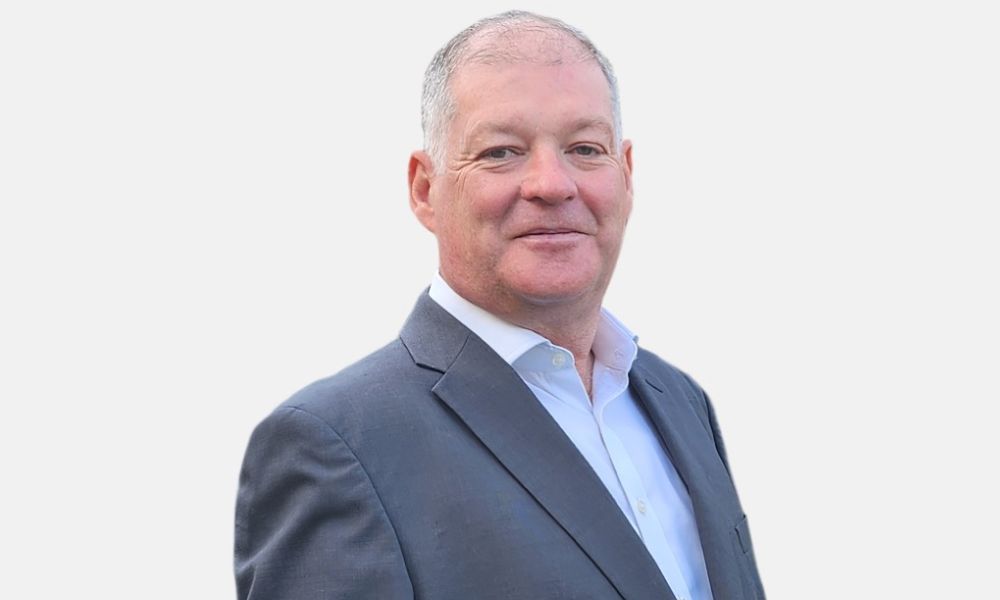
Reinsurance giant makes huge turnaround

Swiss Re has made a huge turnaround, bouncing back from a net loss in the first nine months of 2022 to a net income in the same period this year.
|
Source of net income/(loss) |
9M 2023 |
9M2022 |
|---|---|---|
|
Property & casualty reinsurance |
US$1.5 billion |
US$(283 million) |
|
Life & health reinsurance |
US$634 million |
US$221 million |
|
Corporate solutions |
US$492 million |
US$356 million |
|
Consolidated group |
US$2.5 billion |
US$(285 million) |
Of the total net profit in the first nine months, US$1 billion came from the third quarter.
“Swiss Re’s performance in the first nine months of 2023 is the result of our continued focus on underwriting quality,” group chief executive Christian Mumenthaler said. “This has enabled us to navigate a heightened risk environment that continues to be characterised by significant loss events for the insurance industry.
“In light of the good performance year to date, we maintain our targets for the full year including a group net income of more than US$3 billion. We continue to focus on our disciplined underwriting strategy that provides a strong base for the future.”
Swiss Re’s full-year 2023 results will be announced in February 2024, while the company’s 160th annual general meeting will take place in April.
What do you think about this story? Share your thoughts in the comments below.
Related Stories
Keep up with the latest news and events
Join our mailing list, it’s free!

This page requires JavaScript


















